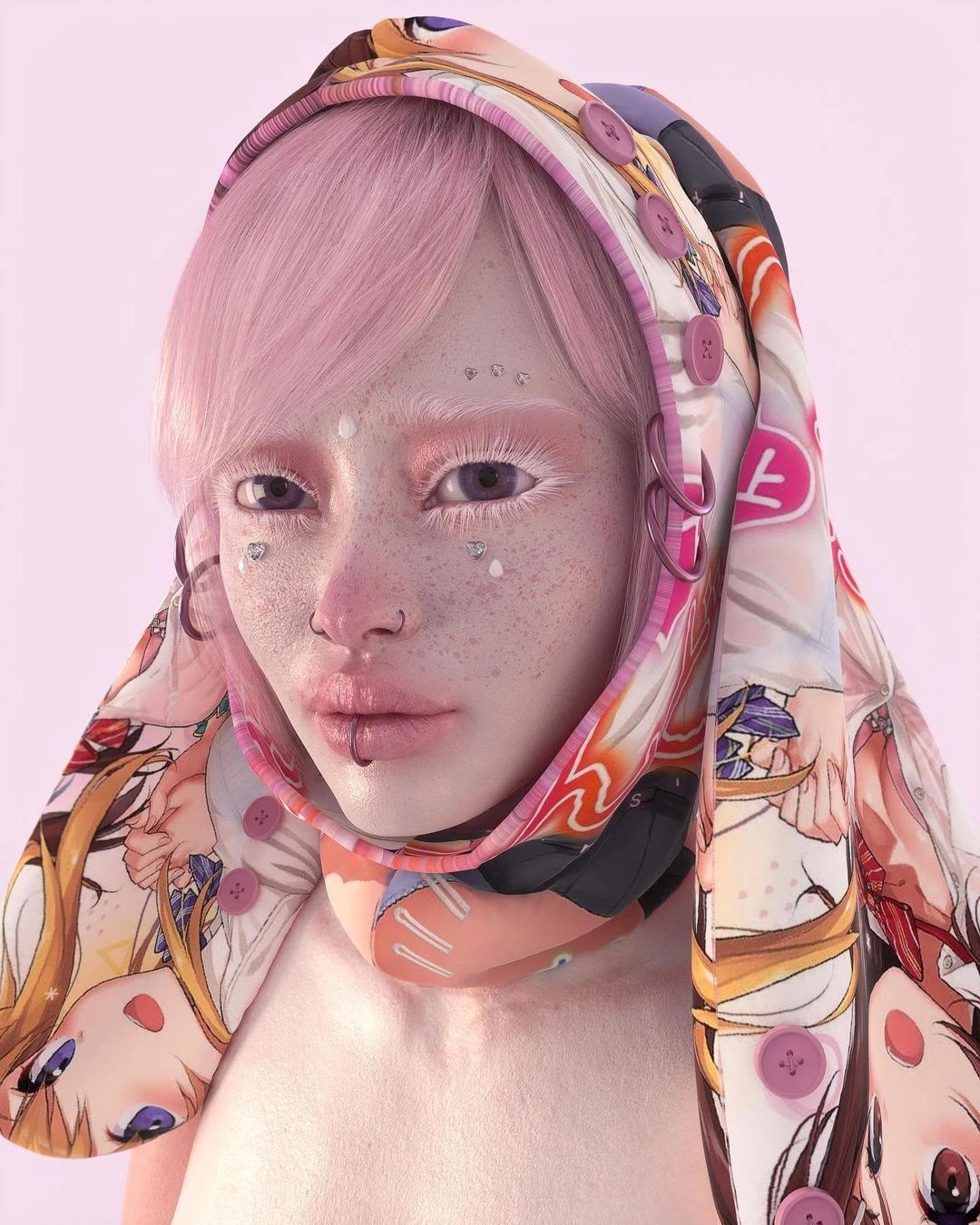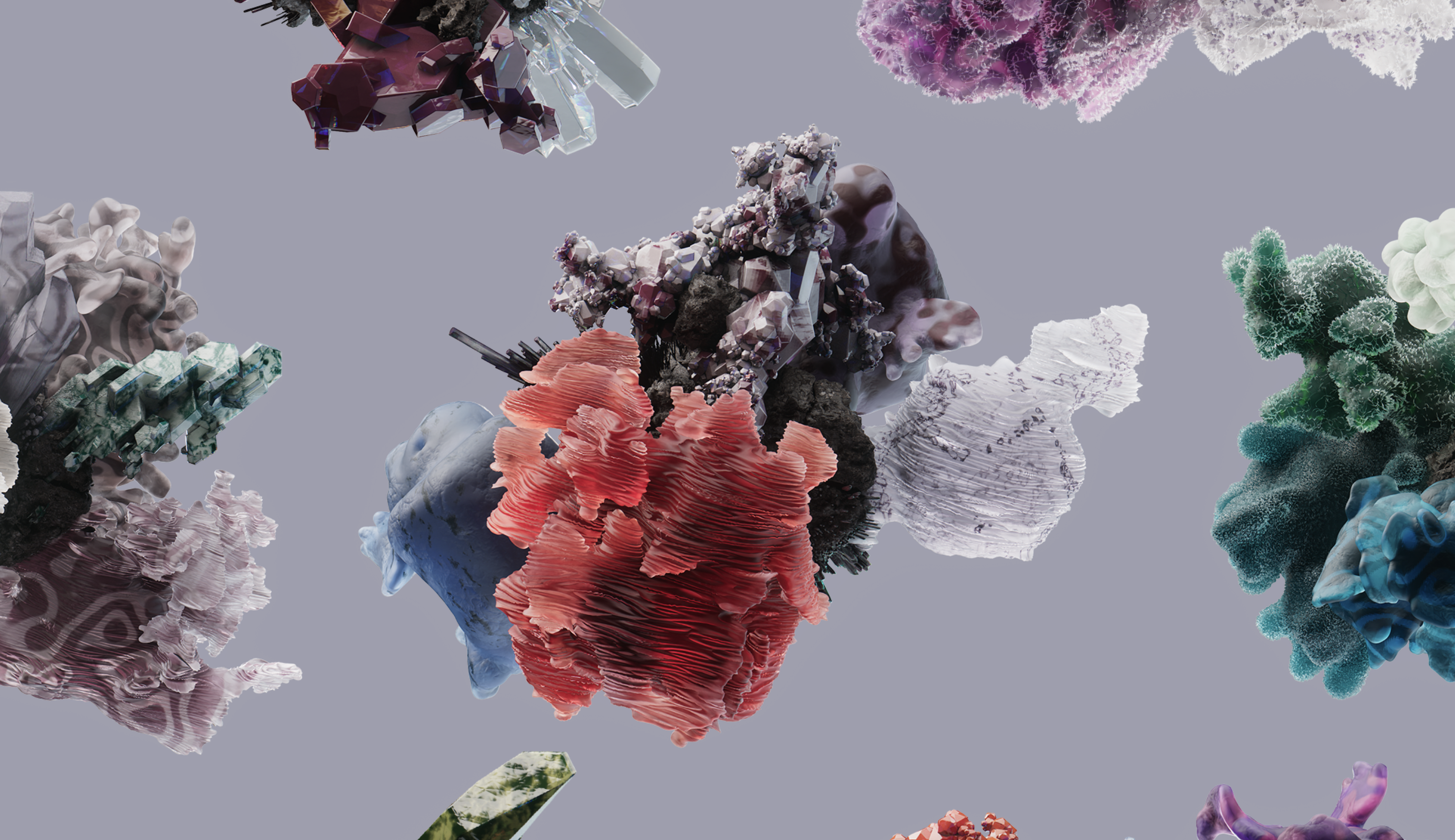For most neuroscientists, long days in the lab mapping out brain waves doesn’t inspire one to branch into NFTs...
Mr. I isn’t your average neuroscientist. For this month’s Creator Spotlight we spoke with Mr.I, a neuroscientist and graphic artist creating art from real MR (Magnetic Resonance) Images, a non-invasive imagining technique routinely used by doctors to diagnose a wide range of injuries and conditions in the brain.
Using brain scans of himself and his friends to create stunning works of art where all the neuroanatomy you see is real, to scale, and from the same individual – his work communicates the beauty, wonder, and intricacy of the brain and our bodies.
.png?width=6000&name=QmSaB2XFKWRVWqrQdTSSyQmwja7z7k7hexU2tqndMxWNa1%20(1).png)
Mr. I recently completed his PhD at UCLA, where he studied the nature of unconsciousness through the lens of coma. During this time, he became involved in some of the first studies using a new neuromodulatory technique called focussed ultrasound— a way to stimulate the brain without surgery and induce recovery in unconscious patients suffering from brain damage. It was during the early pandemic that the neuroscientist decided that he needed a new hobby with his work with human subjects taking a temporary hiatus.
.png?width=600&name=Group%2048095504%20(5).png)
Mr. I’s creative practice is twofold: In some of his works, he renders MRI scans into 3D images and animations. These works are at once surreal and uncannily true to reality. Here, Mr. I leverages his unique expertise in brain segmentation and skull extraction to emulate what actual brain tissue looks like, skills that are esoteric even in the field of neuroscience.
The segmentation of brain parts and bone becomes evident in works such as “Subject 1,” first in the artist's series of 3D brain parcellation animations (brain parcellation is the act of defining distinct parts of the brain and is key to understanding brain organization and functions, FYI.)
The work depicts a 3D digital sculpture of a human head that unveils several levitating brain parts. While all the neuro-anatomy you see here is genuine and to scale, any fine details like skin, veins, and hair are constructed afterward using 3D design software to create an added sense of realism.
.png?width=6000&name=Qmbe9spcKcigywqcKQs1yr85V1kg5tLGoC7AtMTYLcbGJd%20(1).png)
In other works, Mr. I uses the fluorescent tracers of the medical scan to map white matter tissue in his own brain. For example, in "Sagittal" (2021), he transforms complex visualizations of the brain into abstract, interactive animations that depict neurons firing and axons communicating signals between distant brain regions.

We have approximately 86 billion neurons in our brains, intricately woven together by around 100 trillion connections or synapses. This fact alone is hard to comprehend - not to mention understanding how these cells function together to make up our sensory systems, behaviors, and human consciousness.
Describing the brain as a “supercomputer of sorts,” Mr. I explains how difficult it is for people to understand the depth of the complexity that’s going on inside our heads. “It’s either thought of as a blob of biological tissue or an infinitely complex system described in a textbook fairly devoid of its biological nature.” It is, in fact, both of these things, he states.


Neuroscience and art each provide a set of tools for investigating different levels of the constructive process. Mr. I incorporates his specialized knowledge within neuroscience into the artistic process through imagery and technique, visualizing parts of the brain rarely seen, nevertheless understood, outside the medical community. Through his digital art, he hopes to elucidate the wonder and complexity of the brain and its anatomy in ways that are more readily accessible to the general public.
What's Next for Mr. I?
“I plan to keep making better pieces with my white-matter data,” says Mr. I—a technique he’s been refining and improving for some time. Alongside this, he also intends to explore the use of 3D printing to create true-to-scale statues of heads and brains with visible internal brain structures and arteries. “I plan to sell these as NFTs, which include real-world shipments,” he says. We’re excited to see what comes next!

-1.jpg)

